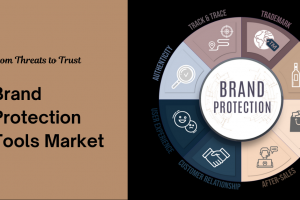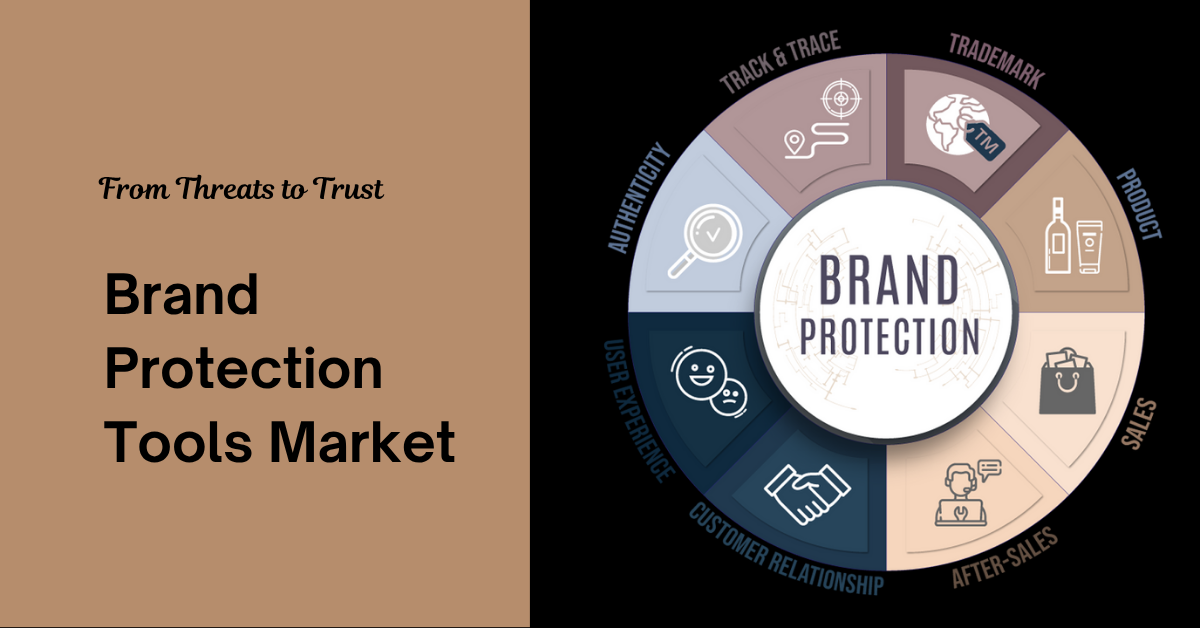
Market Overview
The Life Science Instrumentation market size was valued at USD 64,500.00 million in 2018, reached USD 75,205.45 million in 2024, and is anticipated to reach USD 124,331.70 million by 2032, at a CAGR of 6.52% during the forecast period. This remarkable growth reflects the essential role of advanced instrumentation in diagnostics, pharmaceutical development, and molecular research.
The importance of this market lies in its integration across multiple fields—pharmaceutical, biotechnology, clinical diagnostics, and academic research. These instruments enable precision and accuracy in research, leading to breakthroughs in genomics, proteomics, and personalized medicine. Given the growing emphasis on preventive healthcare, rapid diagnostic tools, and precision treatment, life science instrumentation is positioned at the core of innovation.
Moreover, global efforts to combat infectious diseases, chronic illnesses, and pandemics have amplified investments in analytical and diagnostic instruments. Governments, research institutes, and private entities are channeling funds toward advanced analytical platforms, making the market not just relevant but mission-critical in a post-pandemic world.
Technological advancements, such as AI-integrated devices and high-throughput screening systems, further contribute to this momentum. In a time when the world is transitioning to more data-driven, personalized, and digitized healthcare systems, life science instrumentation plays a foundational role in bridging lab-scale research with clinical applications.
Read full analysis: https://www.credenceresearch.com/report/life-science-instrumentation-market
Market Drivers
1. Growth in Genomics and Molecular Diagnostics
The rise in genetic testing and sequencing technologies has significantly boosted the demand for instruments such as PCR systems and NGS platforms. As genomics moves into clinical settings, hospitals and labs require reliable, high-throughput tools. Moreover, increased research in rare genetic disorders and personalized medicine drives the need for advanced life science instruments.
2. Expansion of Biopharmaceutical Manufacturing
The biopharmaceutical sector is a major end user of instrumentation technologies. Increasing drug development activities, especially for biologics and biosimilars, has led to higher investments in chromatography, spectroscopy, and electrophoresis tools. These instruments ensure product consistency, safety, and efficacy during both R&D and production stages.
3. Rising Prevalence of Chronic and Infectious Diseases
Chronic conditions such as diabetes, cancer, and cardiovascular disorders demand ongoing research and diagnostic capabilities. Life science instrumentation plays a pivotal role in disease tracking, biomarker discovery, and validation. The COVID-19 pandemic further highlighted the urgency for rapid and scalable diagnostic platforms, catalyzing global instrumentation sales.
4. Technological Advancements in Analytical Tools
Continuous innovation is transforming traditional tools into smart systems capable of automation, digital integration, and real-time analysis. High-resolution imaging, lab-on-chip technologies, and AI-driven diagnostics are expanding the possibilities for data acquisition and interpretation, making instrumentation faster, more accurate, and user-friendly.
Market Challenges
1. High Cost of Equipment and Maintenance
Life science instruments are capital-intensive, making them inaccessible for small labs or academic institutions with limited funding. The cost extends beyond initial purchase to include regular calibration, maintenance, and software upgrades, which strain budgets.
2. Stringent Regulatory Standards
Instruments used for clinical or pharmaceutical applications must comply with global regulatory frameworks such as FDA, EMA, and ISO. Achieving and maintaining certification can delay product launches and limit market penetration, especially in emerging markets.
3. Technical Complexity and Training Gaps
Advanced instruments require skilled professionals for operation and data interpretation. A lack of trained personnel, particularly in developing regions, hampers adoption. Training and retaining qualified staff remains a persistent challenge for end-users.
4. Data Security and Integration Issues
As instruments become more connected and digitalized, issues related to data security, interoperability, and system integration have become critical. Ensuring safe data handling while enabling collaboration across departments and geographies is still an ongoing hurdle.
Market Opportunity (200 words)
1. Growth in Emerging Markets
Rapid industrialization and healthcare infrastructure development in countries like India, Brazil, and China are unlocking new opportunities. Government funding and private investments in diagnostics and R&D labs are creating demand for affordable, robust instrumentation solutions.
2. Rising Adoption of AI and Cloud-Based Platforms
Integrating AI for predictive analysis and cloud storage for remote data access enhances the value proposition of instrumentation. This fusion allows labs to gain deeper insights, reduce error margins, and collaborate in real-time—paving the way for smarter labs.
3. Personalized Medicine and Companion Diagnostics
With healthcare moving towards precision-based approaches, the demand for instruments that support biomarker analysis and companion diagnostics is increasing. Companies developing targeted therapies are investing in technologies that allow real-time and personalized assessments.
4. Academic-Industry Collaborations
Collaborations between universities and biotech firms are leading to joint innovation in instrument development. These partnerships bring together expertise, funding, and infrastructure, accelerating product testing and commercial rollouts across different application areas.
Market Segmentation
By Technology
- Spectroscopy
- Chromatography
- Polymerase Chain Reaction
- Immunoassays
- Lyophilization
- Liquid Handling Systems
- Clinical Chemistry Analyzers
- Microscopy
- Flow Cytometry
- Next-Generation Sequencing (NGS)
- Centrifuges
- Electrophoresis
- Cell Counting
- Others
By End User
- Hospitals and Diagnostic Laboratories
- Pharmaceutical & Biotechnology Companies
- Academic & Research Institutes
- Agriculture & Food Industries
- Environmental Testing Laboratories
- Clinical Research Organizations
- Other End Users
By Application
- Research Applications
- Clinical & Diagnostics Applications
- Other Applications
By Geography
- North America (U.S., Canada, Mexico)
- Europe (UK, Germany, France, Italy, etc.)
- Asia Pacific (China, Japan, India, South Korea, etc.)
- Latin America (Brazil, Argentina, Chile, etc.)
- Middle East & Africa (GCC, South Africa, etc.)
Regional Analysis
North America continues to lead the Life Science Instrumentation market, driven by robust healthcare infrastructure, significant R&D investments, and a strong presence of global players like Thermo Fisher and Agilent Technologies. The U.S. in particular holds a dominant share, propelled by advanced research facilities and government funding.
Europe is another significant market, supported by stringent quality standards, rising biotech start-ups, and extensive clinical research networks. Germany, the UK, and France remain top contributors. The EU’s regulatory harmonization has created a unified path for manufacturers to commercialize new instruments across member states.
Asia Pacific is emerging as a high-growth region, led by countries like China, India, and Japan. Factors such as growing academic research, expanding diagnostic labs, and increasing pharmaceutical manufacturing activities are propelling demand. Local production capabilities and government support through initiatives like “Make in India” further stimulate market growth.
Latin America is witnessing steady growth, with Brazil and Mexico driving investments in public health and disease surveillance. Though market penetration is lower, the region presents long-term potential with increased health awareness and regulatory improvements.
The Middle East & Africa region shows moderate adoption. However, the rising burden of infectious diseases and growing investments in diagnostic labs are gradually increasing instrumentation demand, particularly in South Africa and GCC countries.
Top Companies
- Thermo Fisher Scientific
- Danaher Corporation (USA)
- Agilent Technologies (USA)
- Illumina (USA)
- PerkinElmer (USA)
- Bio-Rad Laboratories (USA)
- Bruker Corporation (USA)
- Merck KGaA (Germany)
- BD (Becton, Dickinson and Company) (USA)
- Waters Corporation (USA)
Future Outlook
- The market will continue to grow steadily due to advancements in genomics and molecular diagnostics.
- AI-enabled instruments will gain traction for predictive analysis and automated workflows.
- Demand for point-of-care testing instruments will rise in decentralized healthcare setups.
- Cloud-integrated systems will become standard for real-time remote access and collaboration.
- Increased focus on sustainability will drive innovation in energy-efficient instrumentation.
- Academic institutions will emerge as key innovation hubs through strategic collaborations.
- Miniaturization of lab instruments will increase their accessibility to small research facilities.
- Market expansion in Latin America and Africa will be fueled by public health initiatives.
- Regulatory harmonization will reduce barriers and speed up global product adoption.
- Investment in training and skill development will ensure optimal usage of advanced tools.
Read full analysis: https://www.credenceresearch.com/report/life-science-instrumentation-market











